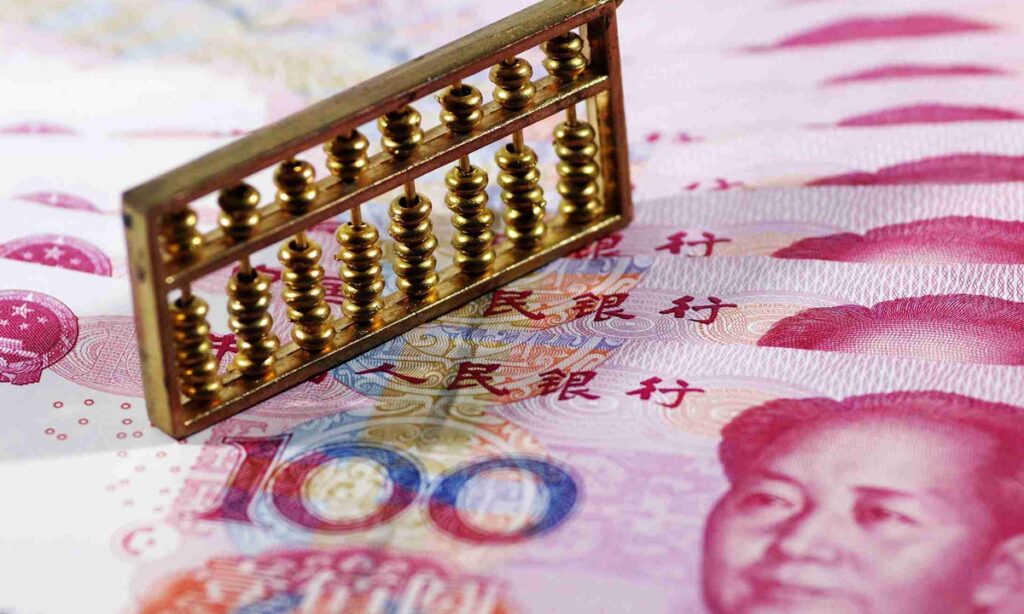Major Chinese state banks officially lowered their yuan deposit rates on Thursday for a second time since last September. The move is expected to ease pressure on profit margins and inject liquidity into the bricks-and-mortar economy, experts said.
Banks including Industrial and Commercial Bank of China, Agricultural Bank of China, Bank of China, China Construction Bank, Bank of Communications and Postal Savings Bank of China all cut their rates starting from Thursday, according to their announcements.
The interest rate cuts affected both demand and time deposits, and reductions for medium- and long-term deposits were as much as 15 basis points.
The demand deposit rate fell from 0.25 percent to 0.2 percent. The rate on three-year fixed deposits was cut to 2.45 percent from 2.6 percent, while the rate on three-year fixed deposits dropped to 2.50 percent from 2.65 percent.
More commercial joint-stock banks are expected to follow suit. A manager at a branch of Ping An Bank in Shanghai told the Global Times that the bank may lower the three-year yuan deposit rate to less than 3 percent from the current 3.25 percent, effective from next week.
The cuts are expected to ease margin pressure on banks caused by declining net interest margins, an analyst in the bank industry told the Global Times on Thursday.
“The cuts were within expectations and necessary to stabilize the income of banks,” the analyst said on condition of anonymity.
In the first quarter of 2023, commercial banks’ aggregate net profit rose 1.3 percent year-on-year to 667.9 billion yuan ($93.68 billion). The growth rate dropped by 6.1 percentage points from a year earlier, according to data from the National Financial Regulation Administration.
Yang Delong, chief economist at Shenzhen-based First Seafront Fund Management Co, told the Global Times on Thursday that the measures were intended to spur investment and consumption in response to the rapid increase in individuals’ deposits in recent years.
Data from the People’s Bank of China, the central bank, showed that in the first quarter, total yuan deposits increased by 15.39 trillion yuan. Household deposits increased by 9.9 trillion yuan.
“Lower deposit rates will drive cash into investment and the real economy, and also help stimulate consumption,” Yang added.
Lending benchmarks may be lowered accordingly, which will be conducive to the recovery of the economy and support the property market, according to Yang.
China’s one-year loan prime rate (LPR), a market-based benchmark lending rate, was 3.65 percent in May, unchanged from the previous month. The over-five-year LPR, on which many lenders base their mortgage rates, also remained unchanged from the previous reading of 4.3 percent, according to the National Interbank Funding Center
Prices of new commercial housing in 70 surveyed cities kept growing in April but at a slower pace compared with March, data from the National Bureau of Statistics showed.
Experts said that there is room for banks to further lower deposit interest rates. It depends on the market performance, policy guidance and the financial status and profitability of each bank, Hong Yong, an expert at the digital real economies integration Forum 50, told the Global Times on Thursday.
A research paper from China International Capital Corp pointed out that after this round of interest rate cuts, the average deposit interest rate still has room to drop by 20 basis points.
(Global Times)




